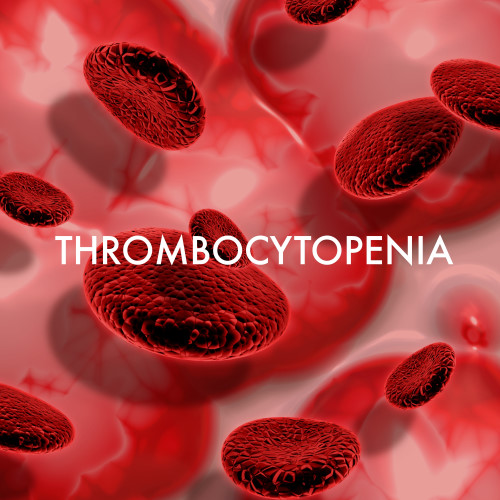Introduction
Thrombocytopenia is characterised by a low blood platelet count. Platelets refer to the tiny blood cells that help your body form clots to prevent bleeding and control infections.

Introduction
Thrombocytopenia is characterised by a low blood platelet count. Platelets refer to the tiny blood cells that help your body form clots to prevent bleeding and control infections.
The spongy tissue inside your bones, the bone marrow, is responsible for making platelets. And when it can’t produce sufficient platelets or destroys them faster before they can be replaced, thrombocytopenia begins to develop.
There are a few reasons for this:
Sometimes, the body destroys too many platelets. This abnormal behaviour could be the result of:
Firstly, a record of your medical history and symptoms will be taken. Your doctor will be looking for bruises, petechiae, low levels of platelets, and infections, like a fever or rash.
The doctor then will take a blood test; the goal is to measure your platelet level. 150,000 to 450,000 platelets per microliter of blood is considered to be the optimal range. But when that range drops below 50,000, problems like bleeding disorders arise.
A blood specialist (hematologist) will be consulted. There could be other tests too:
In case of severe thrombocytopenia, the doctor may administer:
Patients are our number one priority. We are committed to their health and wellbeing. It is this dedication that guides us to give our very best, and our multidisciplinary team of trained professionals work together to ensure quality care. If you’re showing any symptoms of Thrombocytopenia listed above, consult the team of experts at Haemato Oncology Care Centre (HOCC) without any delay.
Because Blood Count Matters, Count On Us.